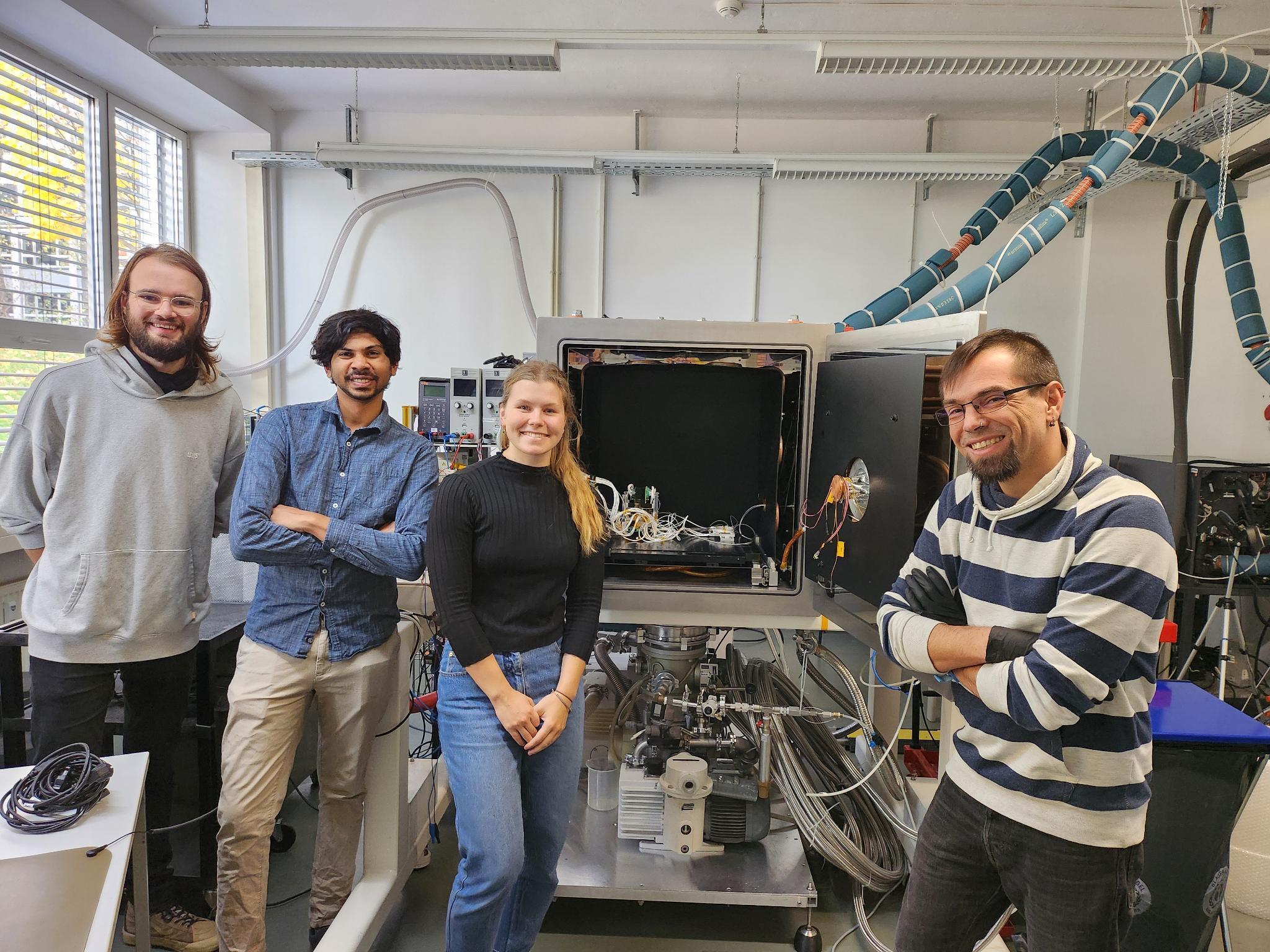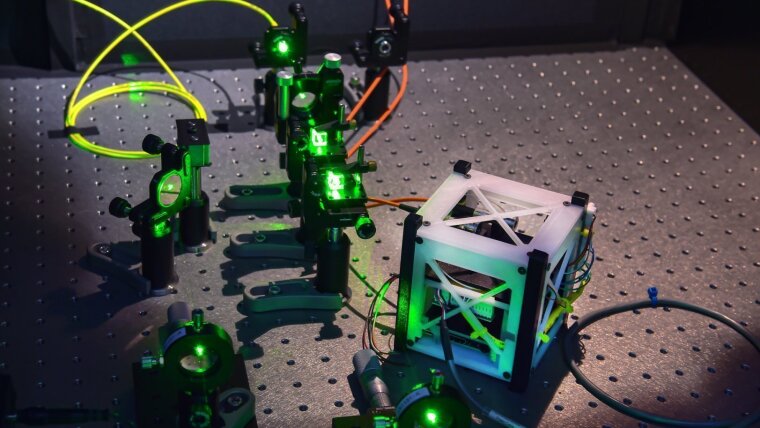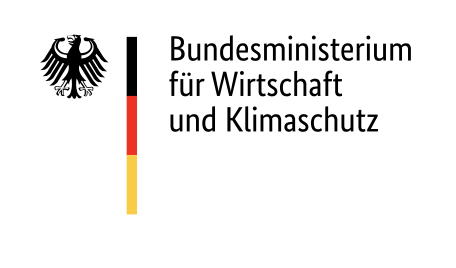Quantum Technologies have been impacting information processing, communication, sensing, and metrology applications since the 21st century. These applications exploit quantum physics, such as the quantum superposition principle and entanglement, to solve complex mathematical problems or for simulations intractable for today's supercomputers.
QKD is a method to exchange random keys with unconditional security. It encodes and transmits the information in individual photons. Due to the Heisenberg uncertainty, the information cannot be read out surreptitiously, and the non-cloning theorem forbids noiseless copying. This, however, limits the maximum communication distance of QKD in fiber networks to several hundreds of kilometers because of the finite scattering and absorption of photons in optical fibers. At the same time, with the nature of the no-cloning theorem, conventional repeater nodes cannot be realized.
 Image: QUICK3 consortium
Image: QUICK3 consortium
Using satellites as relay nodes is a potential way around the distance limitations, as the scattering in the atmosphere above the an altitude of 10 kilimeters becomes negligible.
For such space-to-ground scenarios, where a satellite is equipped with a quantum light source and sending single photons to different ground stations distributed across the world, new quantum technologies need to be developed.
With QUICK3 (which stands for QUantum phonIsChe Komponenten für sichere Kommunikation mit Kleinsatelliten), we develop a single photon source based on a fluorescent defect in the 2D material hexagonal boron nitride and evaluate its functionality in space on a 3U CubeSat. Moreover, the photon source is interfaced with a quantum interferometer with which we can test extended quantum theories in microgravity. As a long-term perspective we are also investigating hybrid systems where we interface the quantum light source with quantum memories.


